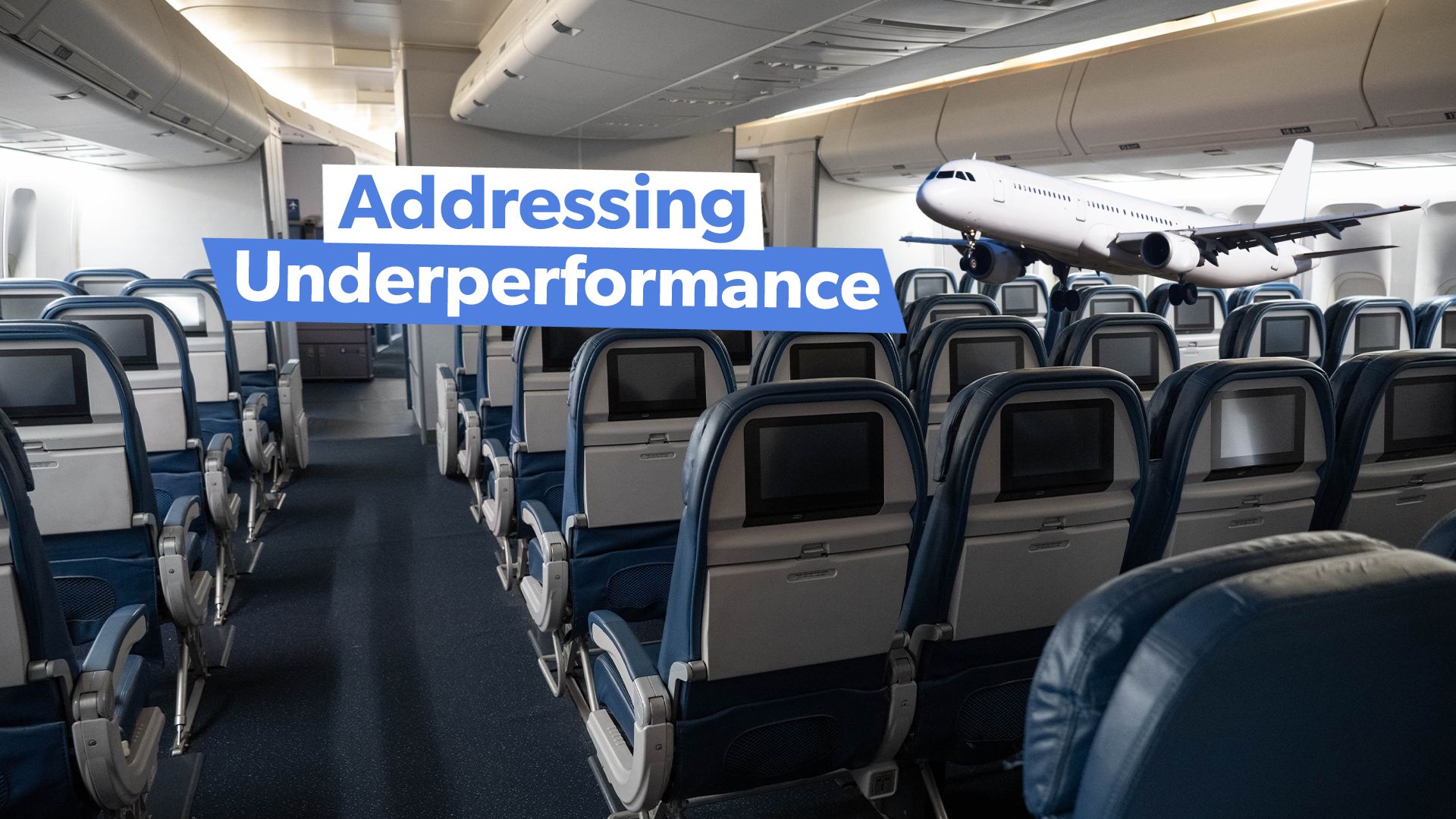At the end of the day, no matter how profitable an airline route might look and paper and how strong the demand might be for travel between two cities, there are several reasons why a new service might just not work out on paper. This is an experience shared by virtually all airlines, as not even the most astute-minded route development markets can adequately predict market movements and shifts in consumer sentiment with the predictive capabilities needed to never recommend the launch of a route that will eventually be canceled.
According to International Airport Review, airline routes are successful (that is, they are not canceled within a few months or years of launch) only around 50-70% of the time, meaning that even under the best of circumstances, airline route strategy departments still fail with about one of every three routes. Some routes thrive immediately after launch, and these services achieve sustained profitability using only the initial schedule, capacity, aircraft type, and cabin configurations that the carrier had specified.
These kinds of unicorn routes are few and far between, as most air markets that offer this impressive level of potential are already heavily served by multiple competing airlines. Most new routes
are launched without a strong understanding of the current market demand, forcing route strategy analysts to constantly tweak their algorithms and methods to help a route reach its financial objectives. Let’s take a deeper look at five steps that an airline can take when a new route is underperforming.

Related
The USA’s Top 10 Unserved Long-Haul Routes
They had over 1.4 million passengers.
5
Reduce capacity on a given route
Carriers can do this in the following ways:
- Reduce the number of daily flights on a route
- Use smaller aircraft to fly between the two cities
- Reduce both the number of daily flights on a route and use smaller aircraft to fly between the two cities
For the most part, an airline can be sure to make money on a given service if they can achieve a favorable enough load factor on their aircraft, a number that relates to the percentage of total seats on a given flight sold. If a flight begins to underperform, a carrier may choose to lower capacity to help make sure load factors remain at profitable levels.
Photo: Thiago B Trevisan | Shutterstock
If United Airlines, for example, sees that their load factors are lower than expected on flights from Newark Liberty International Airport (EWR) to Lisbon International Airport (LIS), they may just choose to swap out larger Boeing 767s for smaller 757s on this route. If a carrier operates multiple daily frequencies between two cities, they might want to consider scaling back their operations to a single daily flight.
4
Adjusting flight schedules to better meet demand
Carriers may do this for the following reasons:
- To better optimize connections
- To provide more ideal travel schedules for business travelers
- Allow the airline to operate the flight at an off-peak time when fees may be lower
Photo: Robin Guess | Shutterstock
When it comes to airline routes, timing is often everything and carriers will have to carefully decide when to schedule a flight when they launch a new service. For legacy airlines, schedules need to allow passengers to make efficient connections at their hub airports. In the past, examples of airlines altering schedules in an attempt to keep a route alive include when Aerolíneas Argentinas scheduled Airbus A330 flights from Buenos Aires (EZE) to New York’s John F. Kennedy International Airport (JFK) that arrived at around 4 AM to minimize time spent on the ground, a route that would later be canceled.
3
Change the arrival airport
An airline could, for example, change between the following two services:
- London Heathrow Airport (LHR) to John F. Kennedy International Airport (JFK)
- Newark Liberty International Airport (EWR) to London Gatwick Airport (LGW)
Photo: EQRoy | Shutterstock
If a carrier finds the costs to be too high at certain airports for the amount of revenue a flight is generating, they might find it ideal to operate service from lower-cost airports. In the example above, this would be the case for a budget airline that might shift from Heathrow and JFK to Newark and Gatwick for a transatlantic flight, as fees and competition may be lower at the smaller facilities.

Related
How Budget Airlines Return Higher Profit Margins Than Legacy Carriers
Ultra-low-cost carriers are some of the industry’s most profitable.
2
Increasing the airline’s service offerings
This actually may seem counterintuitive
Let’s say passengers flying from destination A to destination B tend to like to depart throughout the day, but a given airline is currently only operating one early morning flight. If the airline were to add an afternoon service, they might be able to appeal to a broader range of travelers.
Photo: Robin Guess | Shutterstock
Furthermore, airlines will also want to consider expanding their offerings onboard the aircraft itself. If a route is failing to generate enough revenue but doesn’t have a challenge selling tickets, the solution might just be to increase the number of business and premium economy seats available on the aircraft.

Related
Air Cargo Demand Rose More Than 9% In September
IATA said that while demand rises, the growth rate modifies, reflecting underlying economic uncertainties.
1
Doubling down on demand stimulation tactics
The following carriers are known to engage in demand stimulation:
- Azul
- Breeze Airways
- Ryanair
Often, an airline will launch a route and hope that the availability and affordability of air travel will help increase the tourist appeal of a destination, according to a report from the Journal of Air Transport Management. If an airline route is underperforming, carriers may choose to double down on demand-stimulating tactics, which include advertising in local communities and offering targeted discounts or promotions.






